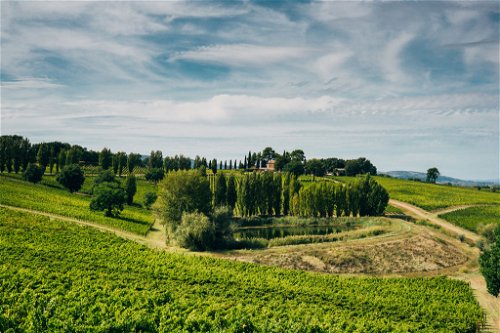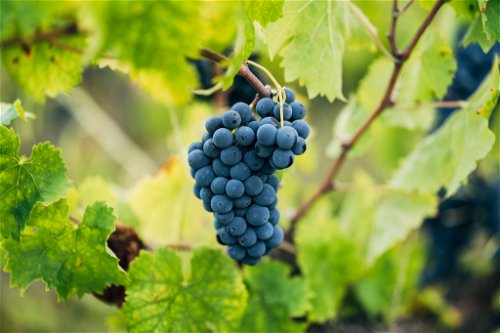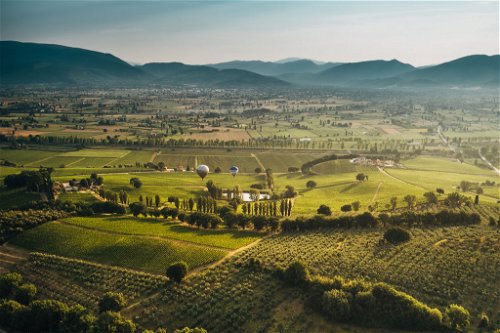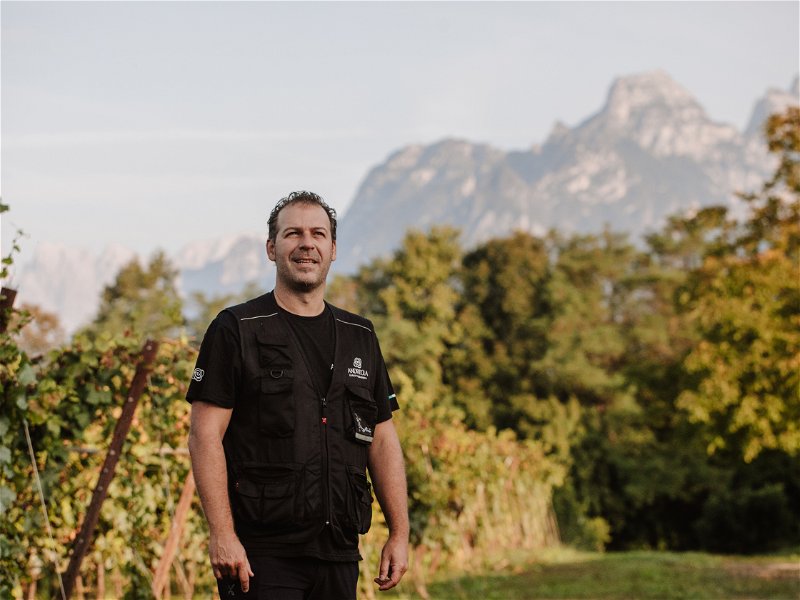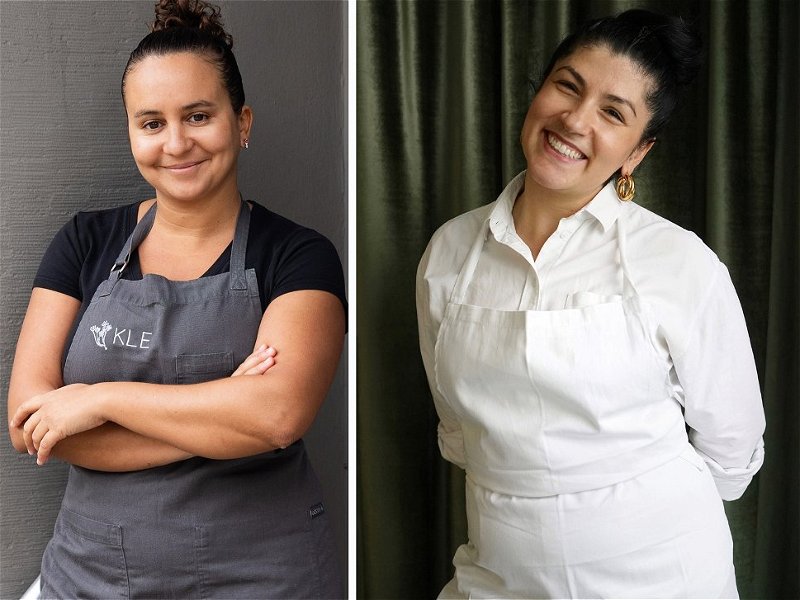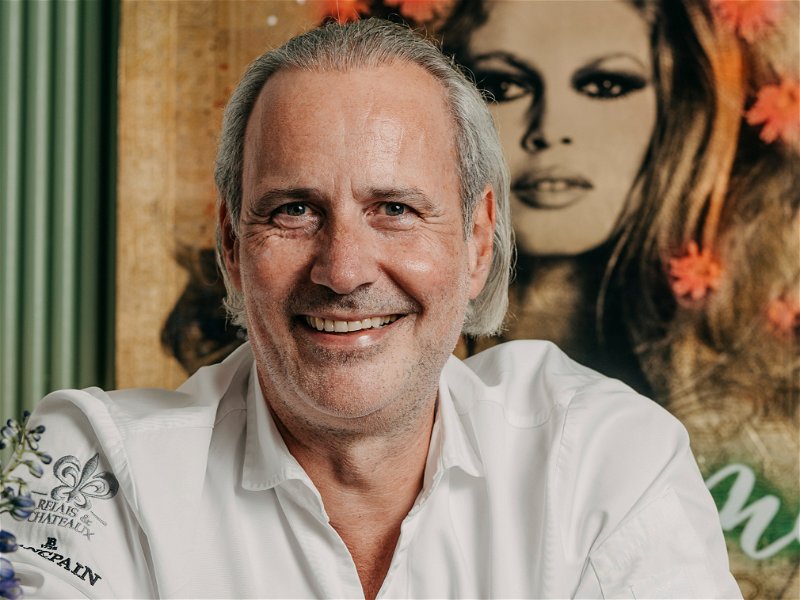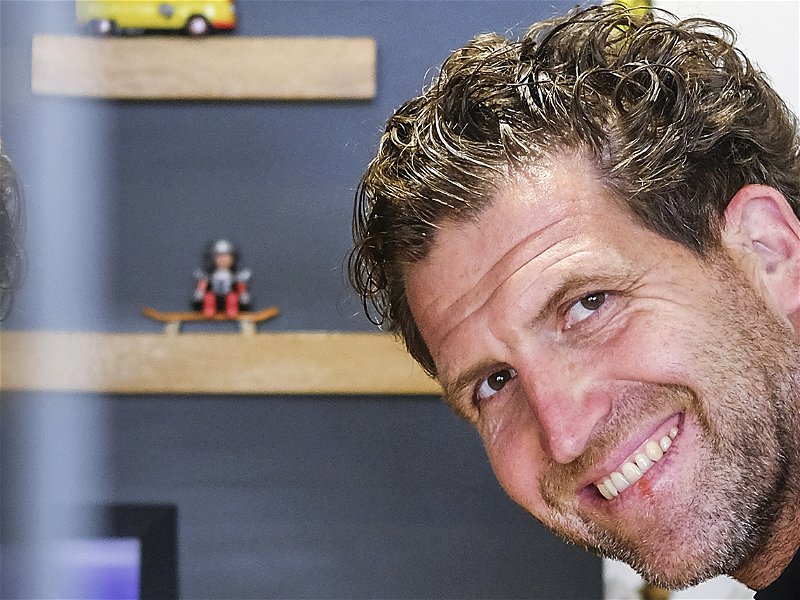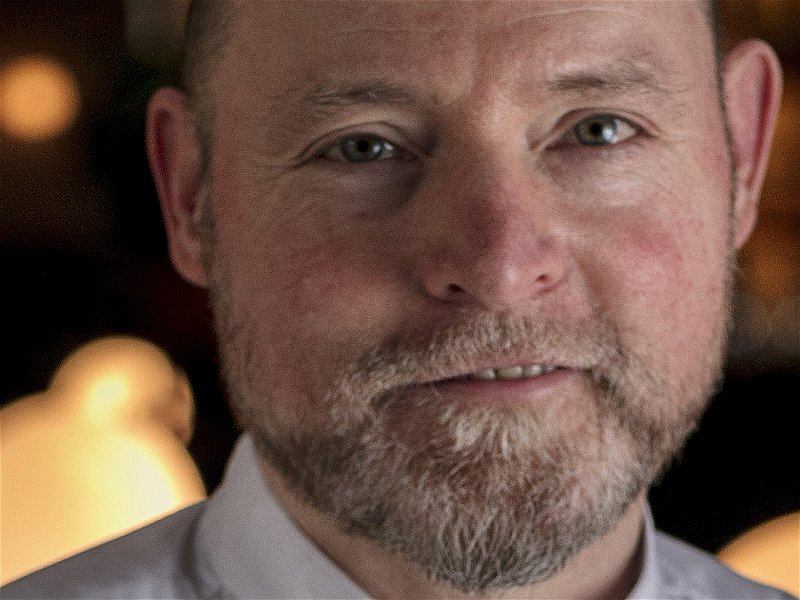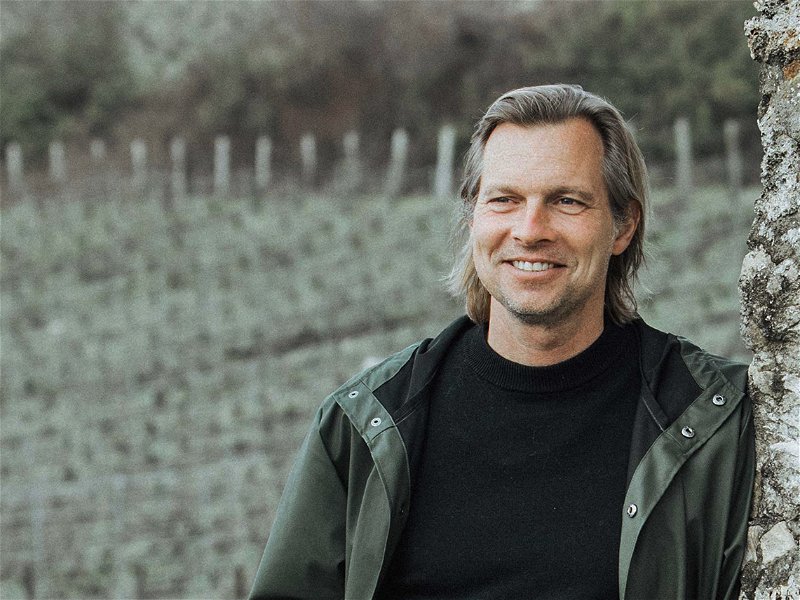Passion for Umbria: How Marco Caprai wants to make Sagratino the "greatest red wine in the world"
The son of the famous Umbrian winegrower Arnaldo Caprai has a special love for his home region and the autochthonous grape variety. In an interview with Falstaff, he reveals how he blends innovation and tradition and what he likes best about his job.
In 1971, Arnaldo Caprai, a major textile manufacturer, decided to realize his dream of making his own wine. He recognized the great potential of the Sagrantino grape variety in his vineyards. From 1988, the management of the company gradually passed to his son Marco, who invested in state-of-the-art production and management methods. Collaboration with leading experts and researchers involved in the cultivation and vinification methods of the Sagrantino grape was a key factor in the production of one of the best Italian red wines. Falstaff met the winemaker for an interview.
Falstaff: How and when was your passion for wine awakened?
Stefano Pola: My father bought the first hectares of vineyards in 1971 where our winery stands today. Back then I was still a child and looked at the natural cycle of the vine with a kind of amazement: I was and still am fascinated by the way it produces its fruit year after year and then immediately falls into a deep sleep. The role of wine in the history of Western culture has always fascinated me, which is why I began to take over my father's winery at the age of 24, with the obsession of producing a great wine by exploiting the potential of Sagrantino.
What is it about wine that fascinates you?
The fascination of wine is a unique blend of history, culture, territory and passion. Each bottle tells a story about a vintage, a place, and that's what fascinates me the most. Wine is much more than just a drink, it is an experience that appeals to all the senses. The possibility of discovering new flavors, aromas and nuances every time you open a bottle is simply fascinating. But beyond its sensory complexity, wine is also a bridge between people, a catalyst for shared moments and conviviality. It is an art form that combines territory, tradition and innovation.
What is the best part of your job?
People and the diversity of humanity, nature and the opportunity to create beautiful and extraordinary things!

How do you ignite people's passion for wine?
I believe that those who produce wine have a responsibility to tell people about wine as an integral part of living cultural heritage. Wine is not just an alcoholic beverage, it never has been: just think of its role in religious services, where it symbolizes the blood of Christ; or of its even earlier role in Greek mythology, where the cult of wine was entrusted to a deity, Dionysus, a hybrid god; think of its role on family and friends' tables, where it is a social element, an adhesive, where a bottle and an area can give rise to conversations, stories and anecdotes. It is no coincidence that the wine-growing regions that have made history have done so because they have become ambassadors not only of a product, but also of a story linked to the product, based on a necessary exchange about the culture and lifestyle of the territory. We have done this with the Sagrantino di Montefalco by telling the story of St. Francis, Frederick II of Swabia and Benozzo Gozzoli, but also of the old farmers and those who live in our vineyards today, including university researchers and asylum seekers.
If you had to summarize your attitude to wine or your wine philosophy in one sentence, what would it be?
My approach has always been based on constant innovation that respects tradition, with the aim of expressing the territory and its uniqueness in the best possible way through the autochthonous grapes of Umbria.
What makes your winery special?
Innovation! And passion for our field. AC was born with the aim of renewing Sagrantino and making it one of the greatest red wines in the world. The Sagrantino, a centuries-old vine from Montefalco, was innovative when it was brought to Umbria, probably by the Franciscans in 1200, and it is innovative today because it has been reborn thanks to applied research with universities and research centers. AC has been investing in research, training, cultivation of the area and the quality of the grapes and wines for 50 years.
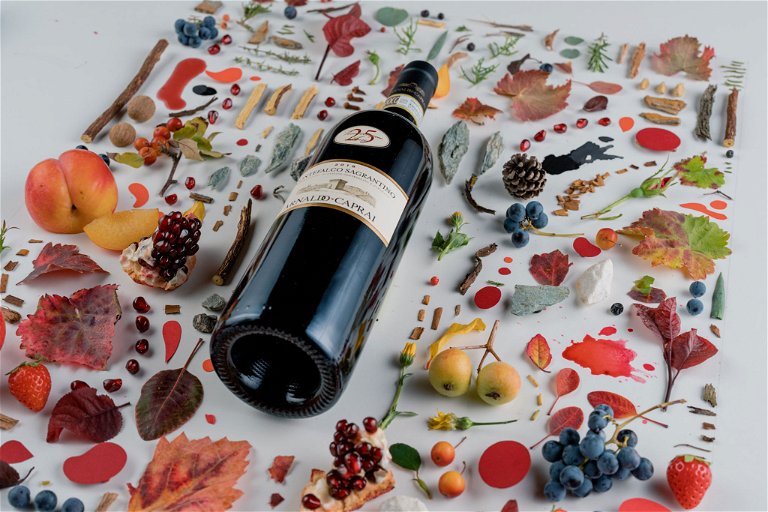
What are the characteristics of a good wine for you?
The authenticity and uniqueness of the terroir of the grapes, the quality, the elegance and the ability to evolve over time.
Which wine region is currently still underestimated?
UMBRIA! Umbria is a small region that has always been on the edge of the great wine regions, overshadowed by its proximity to Tuscany, not only geographically, and which today is experiencing great oenological, gastronomic and tourist development. It is considered the greenest region in Italy, rich in history, traditions and a thousand-year-old culture (the result of the meeting of ancient people, the oldest in Italy, and immigrants and travelers passing through). Umbrian viticulture can produce products of great importance from the mountainous, hilly and mild areas such as those around Lake Trasimeno. Sagrantino itself is a unique, original, almost anarchic grape variety that perfectly reflects the innovative character of the Franciscans who brought it with them from Asia Minor. It is a symbol of the value of immigration, which generates culture, development and innovation in Umbria.
What trends will shape the world of wine in the coming years?
Consumption in traditional countries will decline, but new consumers and new markets will come closer to wine culture. The "myth" wines, the territories that will invest to improve their position in the world, the companies that cultivate quality and invest in the history of their territories: In this context, wines are produced that are able to grow and impose themselves on future consumers who want to drink emotion, history and quality. Wines that are not characterized by these qualities are increasingly marginalized.
Don't miss out!
Sign up now for our newsletter.

